Las Salinas: Brownfield Transformation Redefines a City’s Trajectory
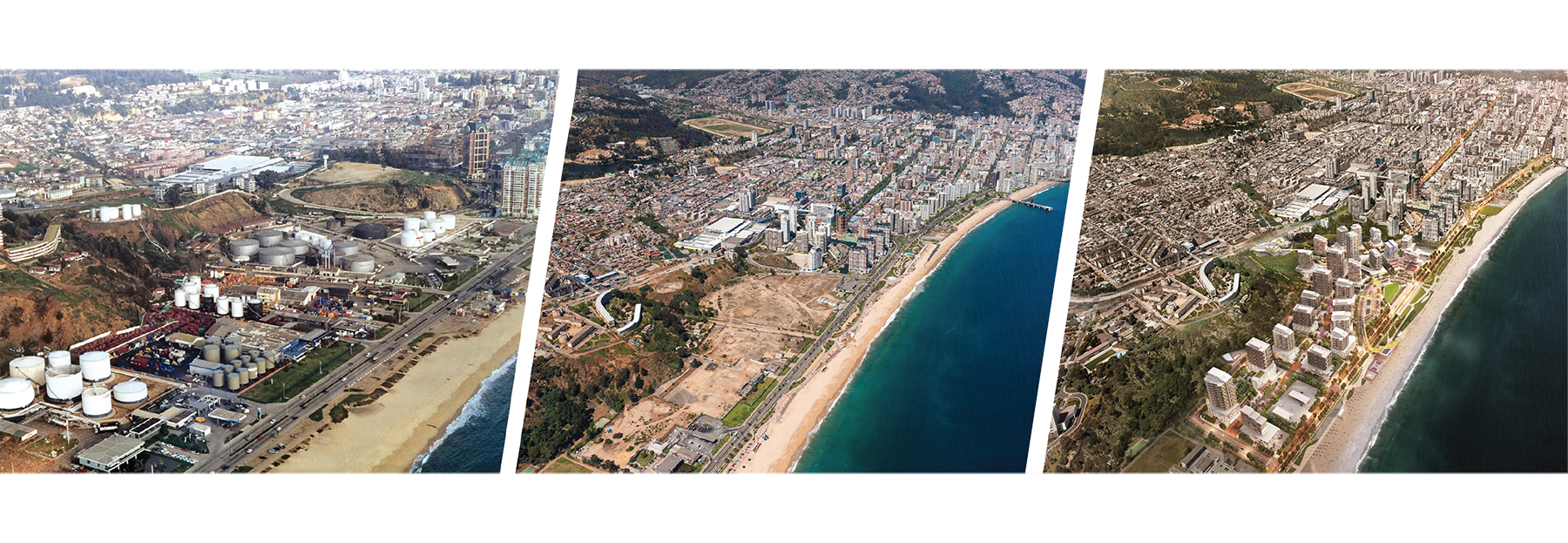
 Sasaki
Sasaki

The name Viña del Mar is Spanish for “vineyard by the sea,” and is known to Chileans as simply Viña. It was the first planned city in Chile, growing as the extension and an alternative to the crowded Valparaiso. The tree-lined boulevards and formal parks of Viña gave rise to its fame as the Garden City of Chile, attracting both domestic and international tourists.
For all its natural beauty, Viña’s waterfront is largely lined by a long stretch of towers that limit public access to the beach. At the far end of this expanse of beach, parking, and soaring towers, is a barren site awaiting its transformation from industrial brownfield to urban waterfront amenity befitting the city known as a seaside garden.
Until the mid-1990s, this 40 acre parcel was covered in oil containers and refinery buildings to support fuel distribution operations for a number of petroleum companies in the area. Chilean company, Copec, expanded its footprint here twenty years ago, purchasing land from Shell and Exxonmobil, and in recent years has extensively cleaned the soil to prepare the land for its next purpose.
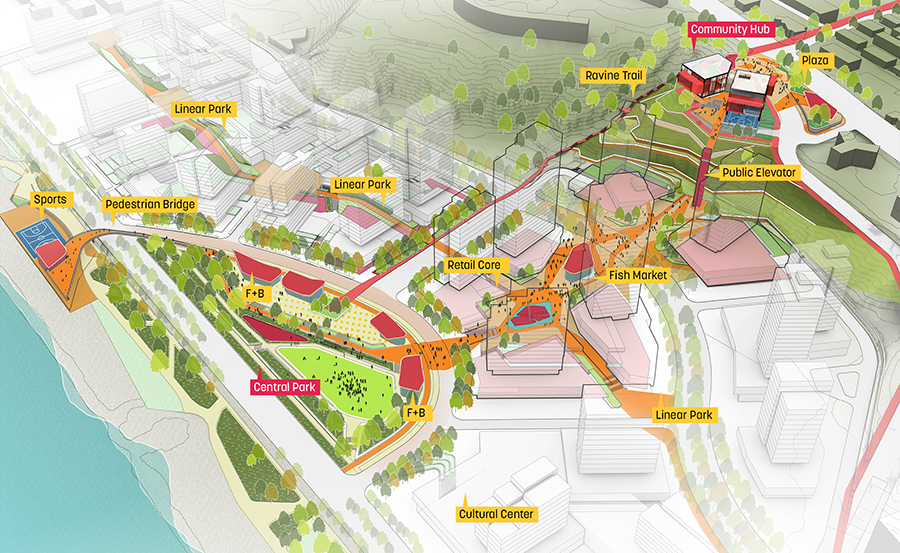
Neighborhood connections through the site re-engage Viña to its waterfront
Copec’s vision certainly did not include another unmitigated stretch of towers and asphalt along the beach. This wasn’t just a real estate project for Copec—instead of selling the land for a profit they are overseeing a more balanced approach to planning and developing the valuable parcel. In 2012, after an international competition, Copec selected Sasaki to lead the master plan effort for Las Salinas.
Copec sees the forty acre (16ha) site becoming a far more welcoming place in the next several years, integrating carefully sited towers that also allow for ample public open space and connections to the surrounding urban setting. It is positioned to be both an economically sound development and a legacy project that will redefine Viña’s trajectory.
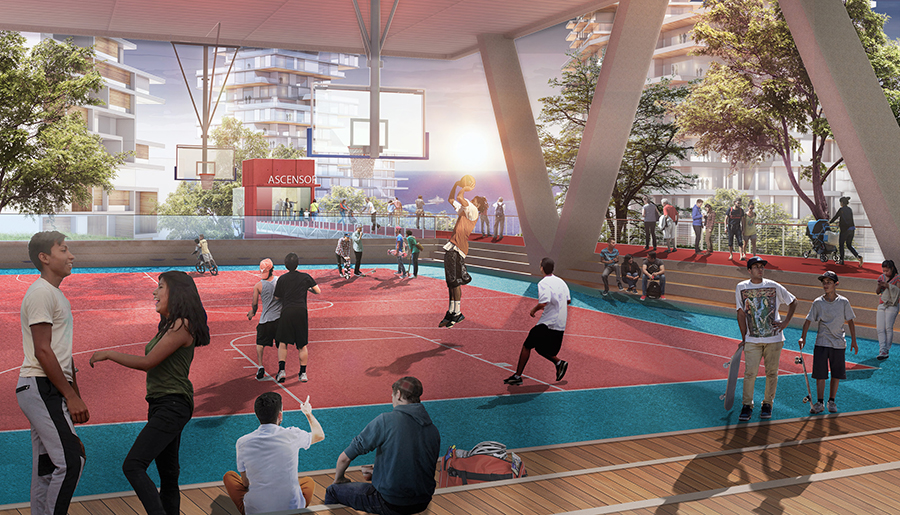
To the north of the site is a steep escarpment and a busy roadway that together have historically kept the hillside neighborhood Santa Inés cut off from the sea. Because of this, a key element of the framework is to create new connections to the waterfront. A new community center at the top of the hill will be connected to the ocean-level program via a new public elevator spanning 100 feet (30m). It sends a clear message that once the brownfield site is successfully converted into a mixed-use development, Las Salinas will be a part of the city, with a fully accessible public realm that promotes greater social integration across the spectrum of Chilean society. Even prior to any parcel being developed, Copec is committed to implementing a community trail that begins to establish this vital connection.
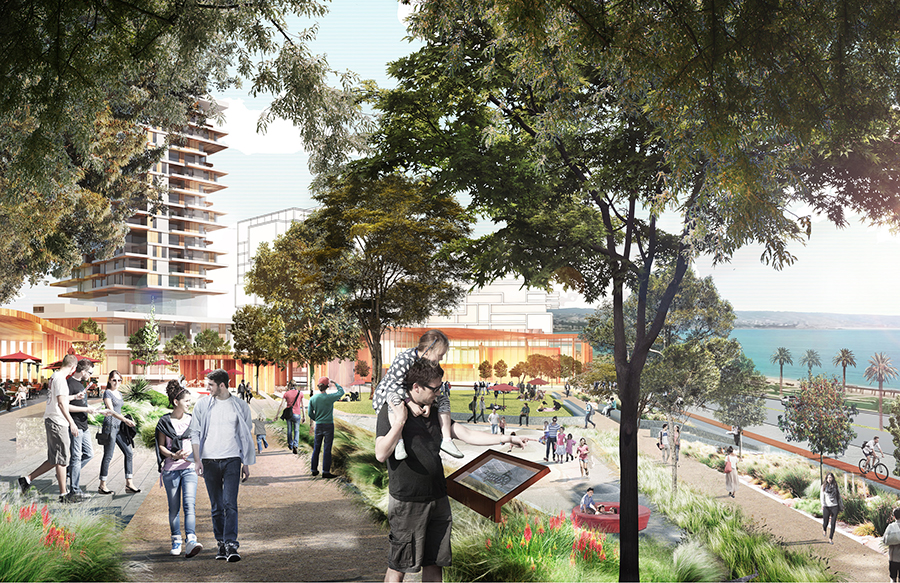
Cultural and retail uses frame the new seafront park
At the sea level, the plan calls for what will be the most significant new public open space in Viña. Facing the Pacific Ocean, the park is a civic gesture for the city and is framed by cultural, retail, hotel, and residential uses. It creates a valuable community resource and represents a return to Viña’s legacy of cultivating memorable public spaces and quality of life. The towers on this site will be much more carefully articulated than other towers on the waterfront to ensure views from other areas on the hill are not completely obstructed. The street level experience is considered at every parcel with building uses arranged to maximize the likelihood of success, both commercially and in terms of urban quality.
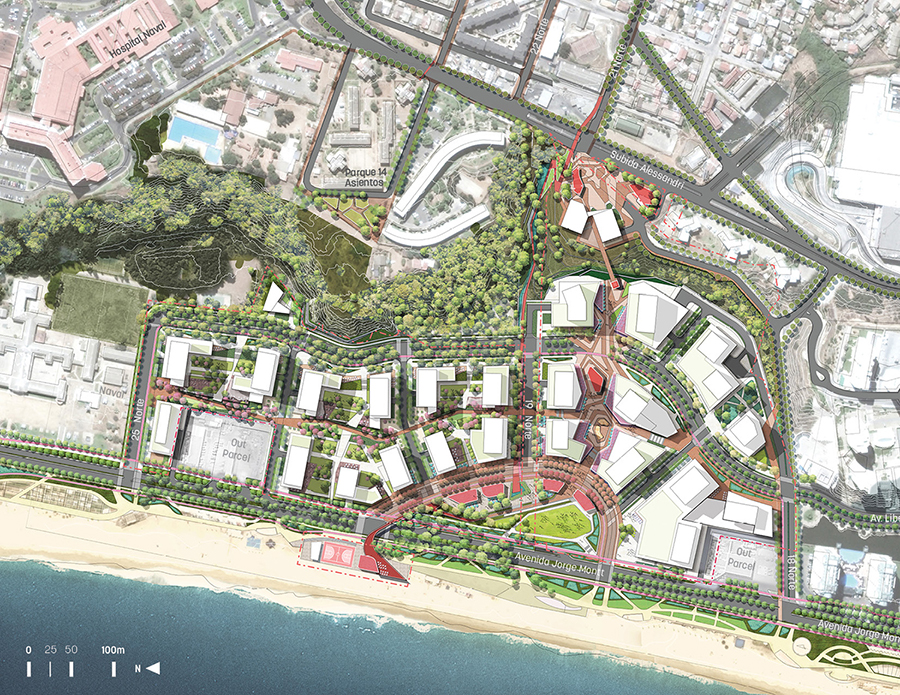
Looking to nature for inspiration and a sustainable vision for the future, a visionary ecological framework fosters the regeneration of the Viña’s coastal landscape and the site’s essential ecosystem services. Sasaki’s plan enhances the hillside landscape and leverages the built environment as a rich zone of ecological activity, maximizing habitat connectivity and biodiversity. The restoration of a ravine corridor running across the site also provides a blueprint for the careful integration of natural systems in urban development.
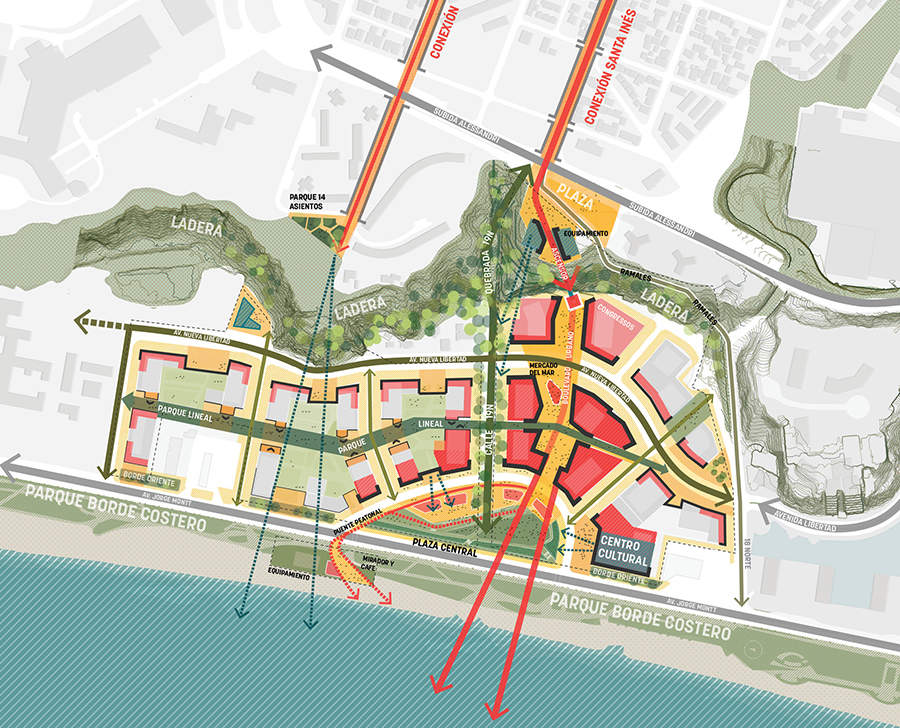
A verdant and functional public realm network ties together the district and its urban context
Las Salinas has energized the people of Viña around the opportunities for renewed life in the city. In an unprecedented and ongoing engagement process, the design team, public officials, and the community exchanged ideas and engaged in systemic thinking on how to make Viña more livable and sustainable. A shared commitment to create a legacy project emerged, creating the foundation for a forward-looking, resilient framework for the evolution of the site and city as a whole.
All aspects of the plan envision for the first time restoring this waterfront neighborhood as an accessible and welcoming place for a broad swath of the city’s diverse population. It’s an approach that balances both real estate and civic value, which in the long-term positions Viña del Mar to maintain and grow its reputation as Chile’s forward-looking Garden City by the sea.
Next, learn about another waterfront revitalization project Sasaki is leading on the other side of the globe, along Shanghai’s Suzhou Creek.